27 Oct 2022
Bahar Mohazabnia, Belkin Public Programs Assistant, considers the 2022 Iranian protests as seen through Sabine Bitter and Helmut Weber’s work, Yazd, Iran (2005), held in the Belkin collection
-
Sabine Bitter
ArtistSabine Bitter (b. 1960) is a Vancouver-based artist, curator, educator and professor at Simon Fraser University. From 2009-13, Bitter was the coordinator of the Audain Visual Artist in Residence program and the curator of the Audain Gallery, SFU, realizing projects with Marjetica Potrč, Raqs Media Collective, Elke Krasny with the Downtown Eastside Women’s Centre, Ricardo Basbaum, Claire Fontaine and Muntadas, among others. Since 1993, Bitter has collaborated with Vienna-based artist Helmut Weber on projects addressing cities, architecture and the politics of representation and space. Working mainly in photography and spatial installations, their research-oriented practice engages with specific moments and logics of global urban change in neighbourhoods, architecture and everyday life. Engaging architecture as a frame for spatial meaning, their ongoing research includes projects like “Educational Modernism” and “Housing the Social.” In 2004, Bitter, Weber and Jeff Derksen formed the research collective Urban Subjects.
Read More
-
Helmut Weber
ArtistHelmut Weber (b. 1957) is a Vienna-based artist. Since 1993, Weber has collaborated with Vancouver-based artist Sabine Bitter on projects addressing cities, architecture and the politics of representation and space. Working mainly in photography and spatial installations, their research-oriented practice engages with specific moments and logics of global urban change in neighbourhoods, architecture and everyday life. Engaging architecture as a frame for spatial meaning, their ongoing research includes projects like “Educational Modernism” and “Housing the Social.” In 2004, Bitter, Weber and Jeff Derksen formed the research collective Urban Subjects.
Read More
زن زندگی آزادی Women, life, freedom
The streets of Iran burn with the fervour of revolution as protesters set fire to hijabs, images of the supreme leader, flags, governmental buildings, police cars and materials symbolic of the regime.
The burning of the mandatory hijab, an agent of the patriarchal regime’s control over women’s bodily autonomy, is a testament to the provocation and challenge to the state.
Iranian women are not just burning the hijab, they are refusing the demands placed on them by the regime. This refusal of the hijab is an act of self-determination and emancipation: “If the hijab goes, the regime goes with it.”1 Iranian women are taking control over their bodies and sovereignty; they are refusing state control. This is a feminist revolution, the likes of which has not been seen.
The revolution was sparked by the detainment and death of Mahsa Amini at the hands of Iran’s Gasht-e Ershad, the regime’s morality police force. Mahsa Amini was arbitrarily detained and violently beaten by the Gasht, who accused her of violating Iran’s mandatory hijab laws. She died in Tehran’s Kasra hospital on 16 September 2022 from her injuries. Mahsa Amini is not the first to be killed by the regime: Zahra Kazemi, Neda Agha-Soltan and countless others have lost their lives at the hands of the state.
With women at the forefront and Mahsa Amini as the catalyst, the Iranian people are enacting forms of active refusal, taking to the streets and fighting for their freedom from a tyrannical regime which has ruled for the last four decades.
—
Sabine Bitter and Helmut Weber
Yazd, Iran, 2005
C-print on paper
Collection of the Morris and Helen Belkin Art Gallery. Gift of Christina M. McQuarrie, 2009
Now more than ever, Iranian voices are amplified globally, allowing us to write our own narrative. Sabine Bitter and Helmut Weber’s Yazd, Iran from 2005, a panoramic photograph of the city of Yazd, is the only work in the Belkin’s collection that addresses my home country, Iran. The work displays a grim, grey skyline overtop a cityscape, at the centre of which stands a set of brutalist buildings. Depicting a bird’s-eye view onto a seemingly uninhabited industrial region, on the outskirts of Yazd, the photograph is vacant of any human presence.2 Looking downwards, Bitter and Weber’s cartographic depiction is reminiscent of pioneer views onto uncharted or abandoned territory. Problematizing Yazd, Iran provides a space to reflect on absence and illuminates the issue of self-representation for Iranians.
Iran is often depicted through the disillusioned gaze of the West. The academy has acquired a taste for Iran – our films, our art. Our history is packaged into idle survey exhibitions framed through an Orientalist gaze, lacking a nuanced representation of the people of Iran or our contemporary reality, with narrative constructed and profit kept by the Western institution. Our cultural heritage is collected and held captive by these institutions and their deafening silence during times of political unrest which exposes their entropic and cynical tendency to continue with their purely extractive methods.
—
It is time that art institutions consider the ways they respond to injustice and violence elsewhere, especially when they make so many loud claims to being concerned with social justice, and to reflect on what roles they play in struggles for justice. Empty words and passivity have no place in the future of arts institutions. As stewards and holders of cultural history, art institutions must act in solidarity and denounce the colonial foundations and imperialist frameworks on which these institutions stand.
During times such as these I am reminded that arts institutions are made up of people such as myself, individuals with the will and autonomy to speak and act, people situated in unique histories and subjectivities. What is our responsibility to the publics we serve, the knowledges and cultures we benefit from?
Watching the events in Iran unfold, I am firm in my belief that nothing is impossible. We have the ability to burn corrupt patriarchal foundations to the ground, to start again.
Works from the Collection considers one work in the Belkin’s permanent collection that particularly inspires us; at this moment in October 2022, we are looking at these works through the lens of the current crises around us. This entry comes from Bahar Mohazabnia, Public Programs Assistant, a graduate student in Art History at the University of British Columbia. To see more of the Belkin’s collection, visit https://collection.belkin.ubc.ca/.
-
Sabine Bitter
ArtistSabine Bitter (b. 1960) is a Vancouver-based artist, curator, educator and professor at Simon Fraser University. From 2009-13, Bitter was the coordinator of the Audain Visual Artist in Residence program and the curator of the Audain Gallery, SFU, realizing projects with Marjetica Potrč, Raqs Media Collective, Elke Krasny with the Downtown Eastside Women’s Centre, Ricardo Basbaum, Claire Fontaine and Muntadas, among others. Since 1993, Bitter has collaborated with Vienna-based artist Helmut Weber on projects addressing cities, architecture and the politics of representation and space. Working mainly in photography and spatial installations, their research-oriented practice engages with specific moments and logics of global urban change in neighbourhoods, architecture and everyday life. Engaging architecture as a frame for spatial meaning, their ongoing research includes projects like “Educational Modernism” and “Housing the Social.” In 2004, Bitter, Weber and Jeff Derksen formed the research collective Urban Subjects.
Read More
-
Helmut Weber
ArtistHelmut Weber (b. 1957) is a Vienna-based artist. Since 1993, Weber has collaborated with Vancouver-based artist Sabine Bitter on projects addressing cities, architecture and the politics of representation and space. Working mainly in photography and spatial installations, their research-oriented practice engages with specific moments and logics of global urban change in neighbourhoods, architecture and everyday life. Engaging architecture as a frame for spatial meaning, their ongoing research includes projects like “Educational Modernism” and “Housing the Social.” In 2004, Bitter, Weber and Jeff Derksen formed the research collective Urban Subjects.
Read More
End Notes
A common saying amongst Iranians, as the hijab acts as a symbolic representation of the regime’s control over women and by extent the nation.
Bitter and Weber documented these “towers of silence,” austere housing projects in high contrast to the architecture of the old city of Yazd, as a contribution to the 2006 catalogue My Yazd. The work lends space to reflect on concerns of modernization in cities which hold thousands of years of cultural heritage, such as Yazd. In raising the issue of modernization, the work situates architecture as the fabric of cities. It forms a relationship between the viewer and the inhabitants of the city, as mere social beings within a larger, ever-changing schema of cities globally.
Related
-
News
24 Jul 2020
Works from the Collection: Krista Belle Stewart
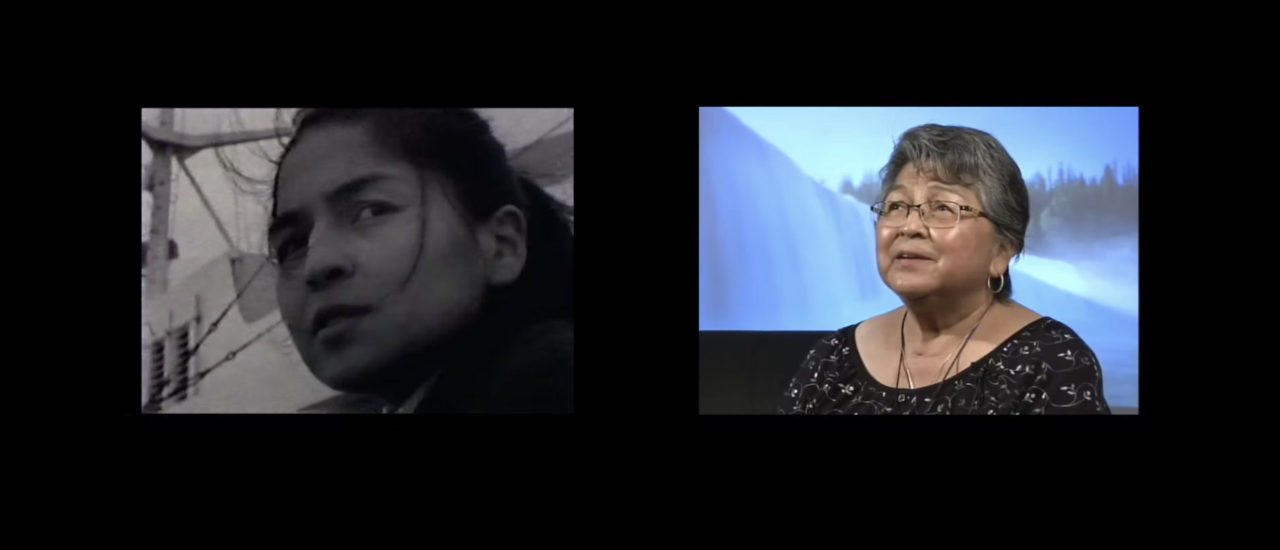
Karen Zalamea talks about Krista Belle Stewart's two-channel video, Seraphine, Seraphine (2015).
[more] -
News
19 May 2020
Works from the Collection: Roy Arden
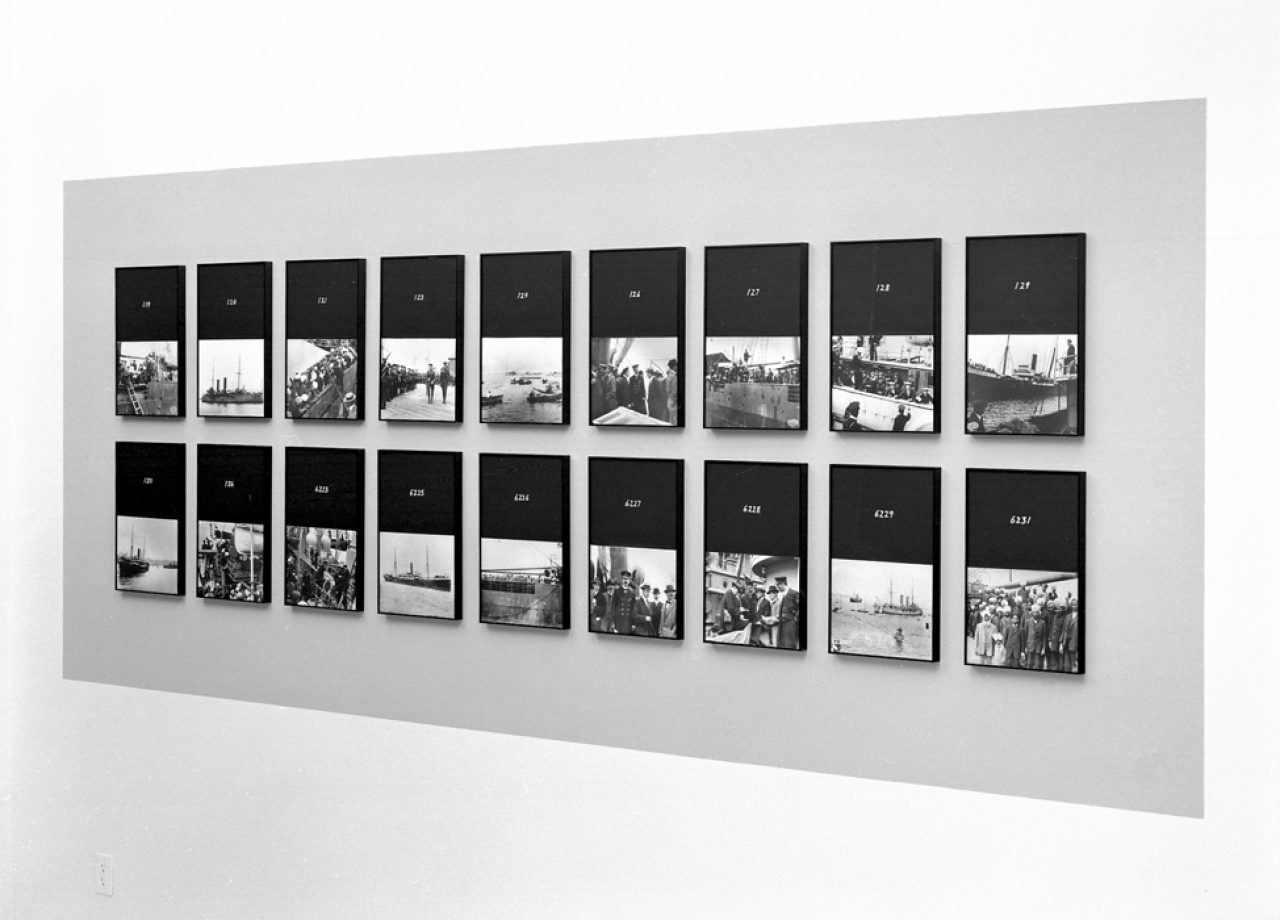
Scott Watson considers Roy Arden's Komagata Maru as the City of Vancouver marks May 23 as the Komagata Maru Day of Remembrance.
[more] -
News
04 May 2020
Works from the Collection: David Horvitz
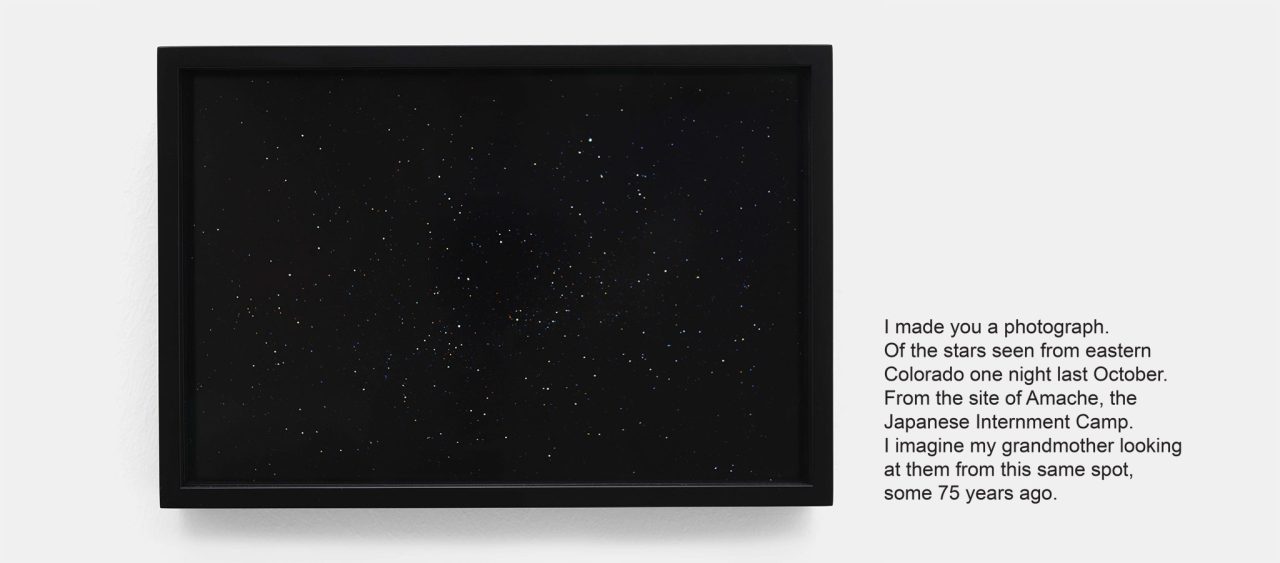
Scott Watson looks at David Horvitz's 2017 For Kiyoko through the lens of the current crises.
[more] -
News
03 Mar 2021
Works from the Collection: Laiwan
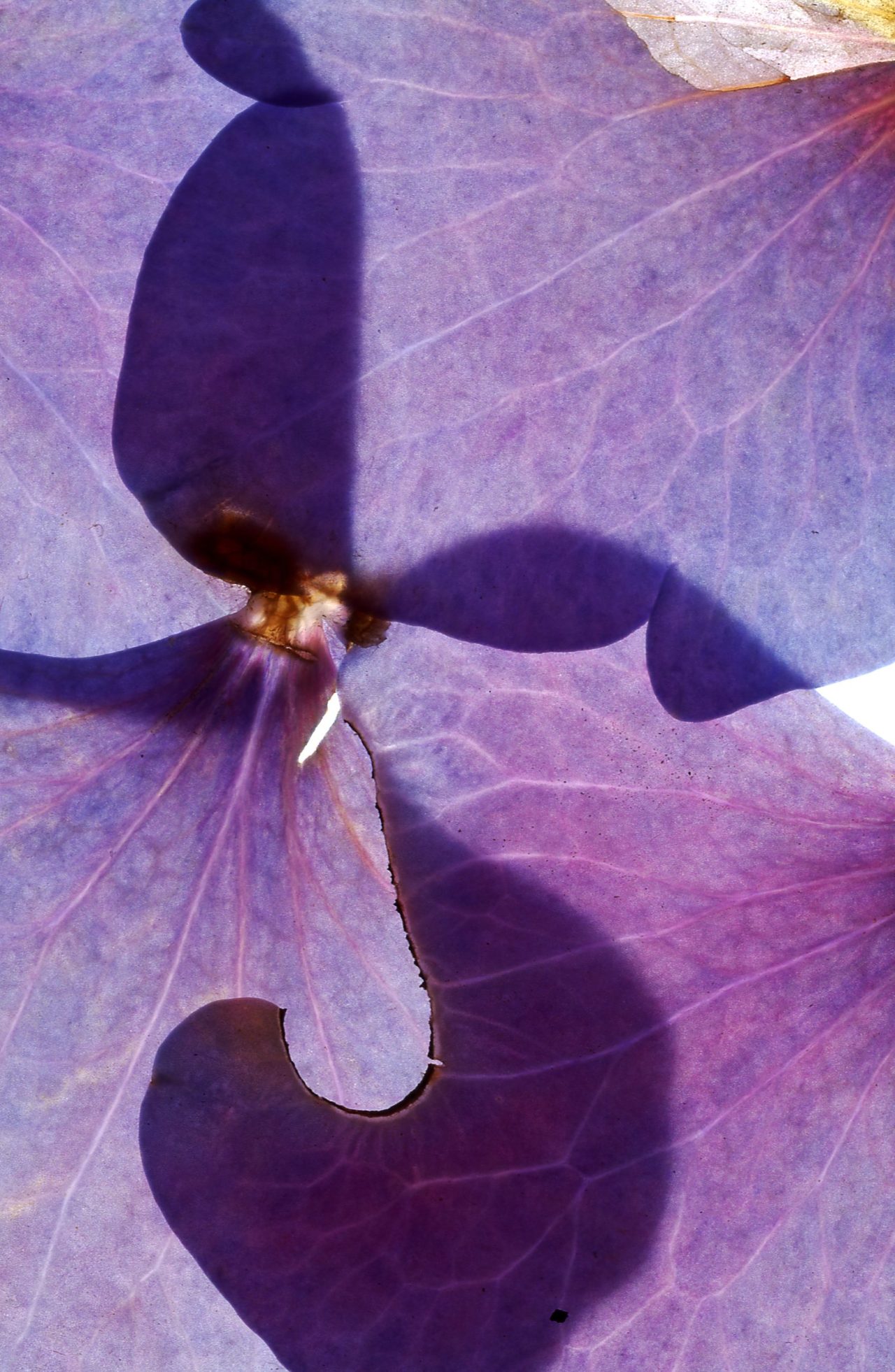
Laiwan writes, "Begun in 1987 investigating the questions, What is an image? What is a photograph?, she who had scanned the flower of the world... is an ongoing project where I collect flowers from the city I am showing in, placing the petals into slide mounts."
[more] -
News
06 Jan 2022
Works from the Collection: Laiwan’s African Notes
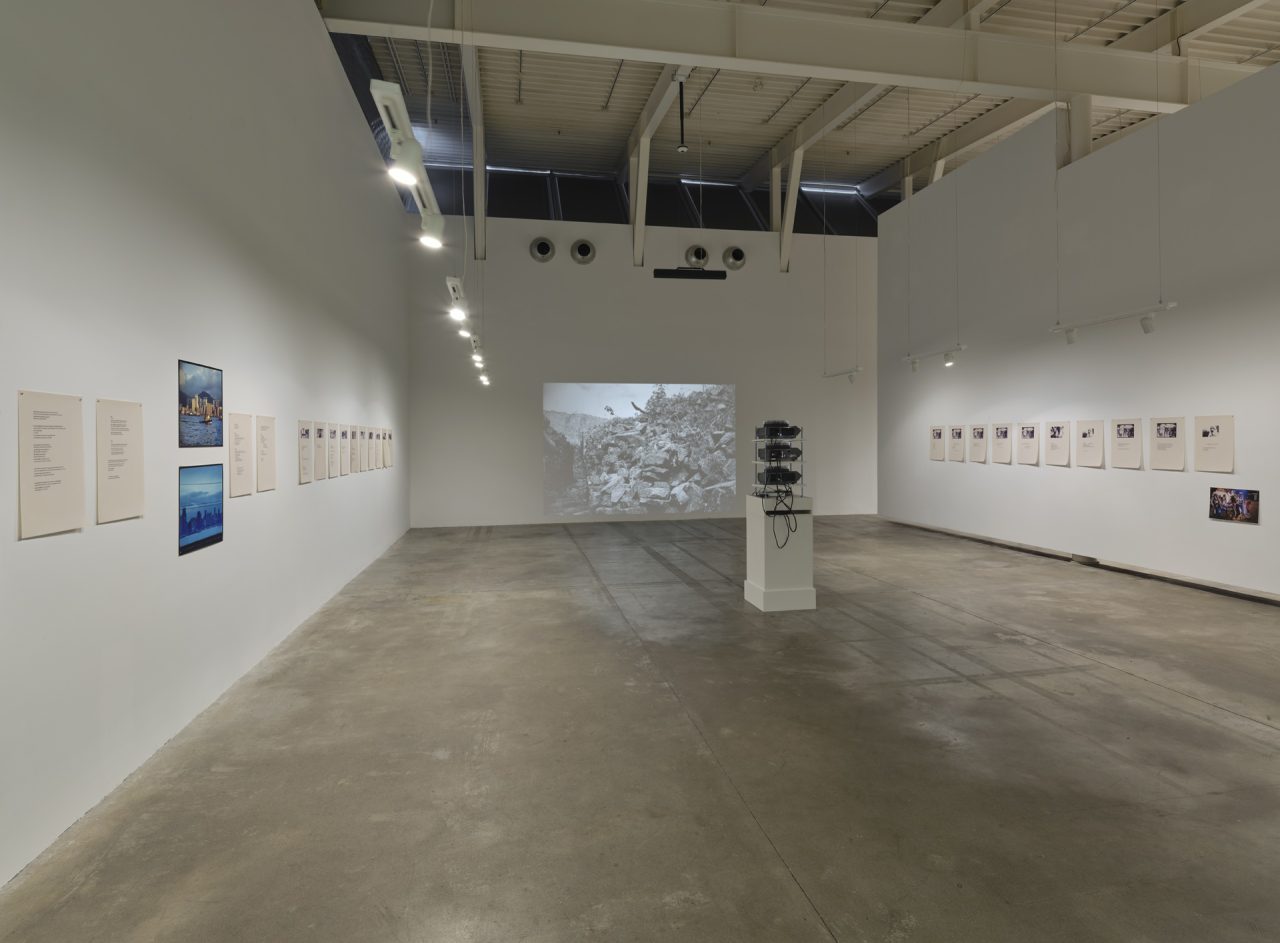
African Notes Parts 1 and 2 are composed of photographs that Laiwan took on a trip home to her birthplace of Zimbabwe in 1982, two years after the country’s independence.
[more] -
News
26 Jan 2021
Works from the Collection: Liz Magor
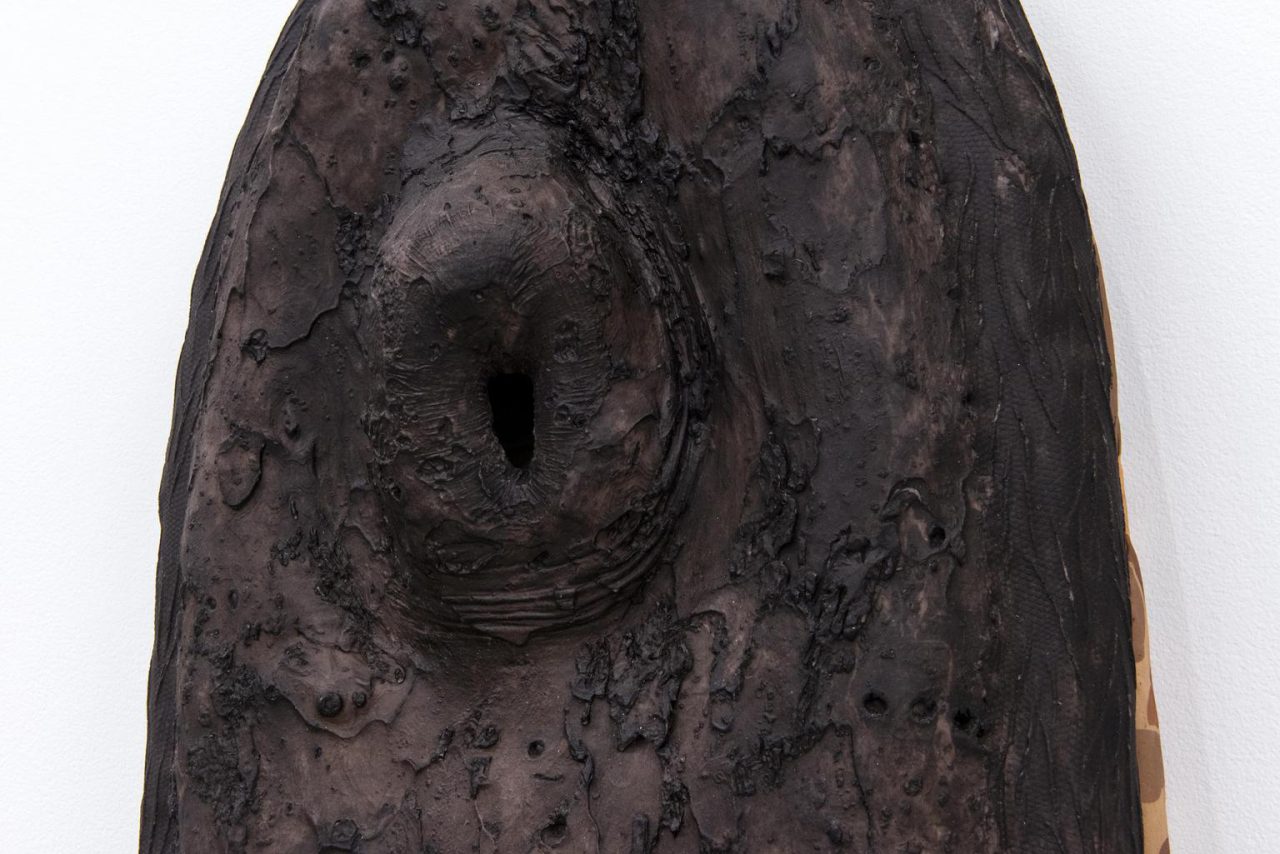
Liz Magor talks about the process of creating Tent (1999).
[more] -
News
11 Jan 2021
Works from the Collection: Rhoda Rosenfeld
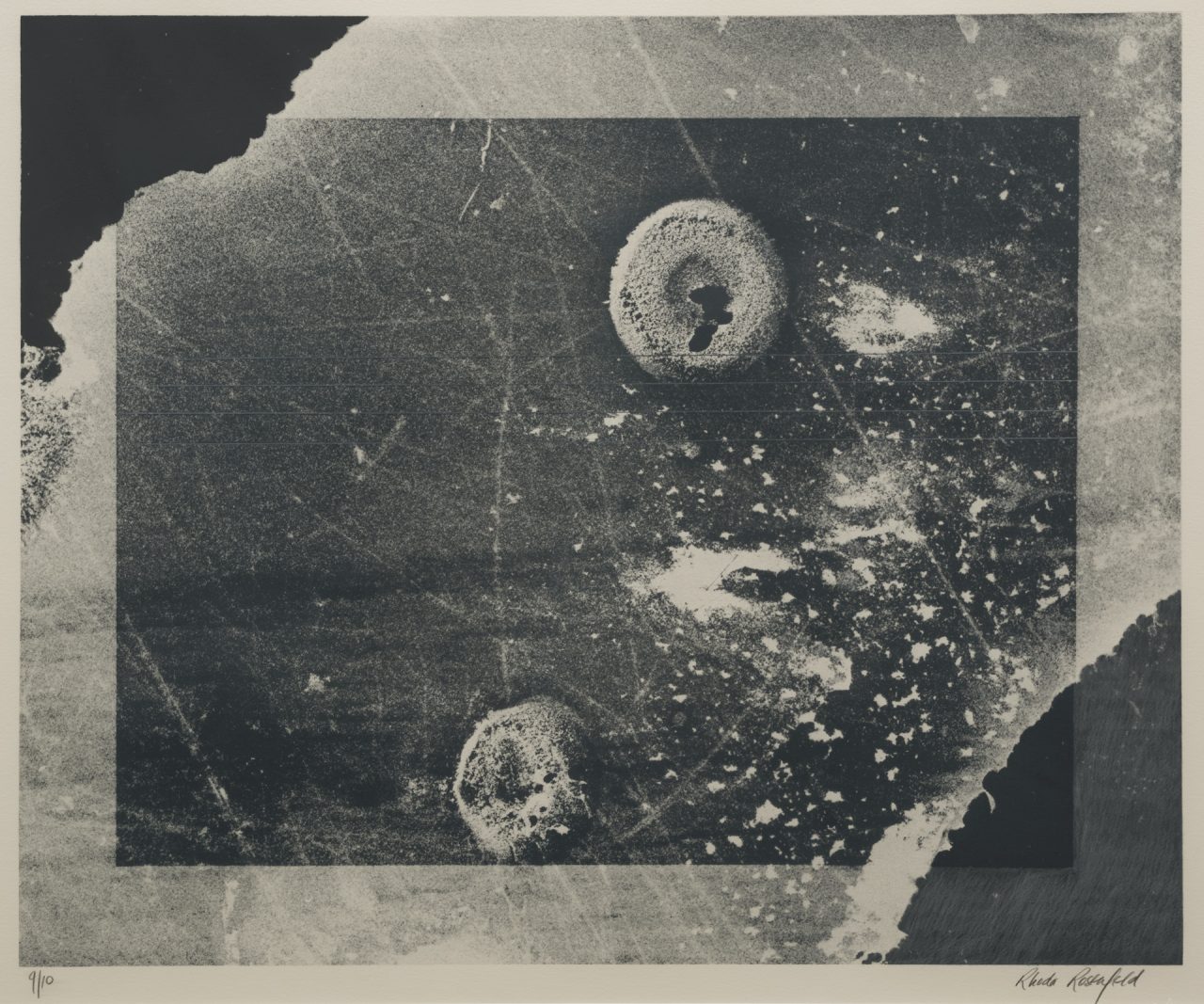
Rhoda Rosenfeld's work from the series Maps of the World (1977) is included in Stations: Some Recent Acquisitions.
[more]